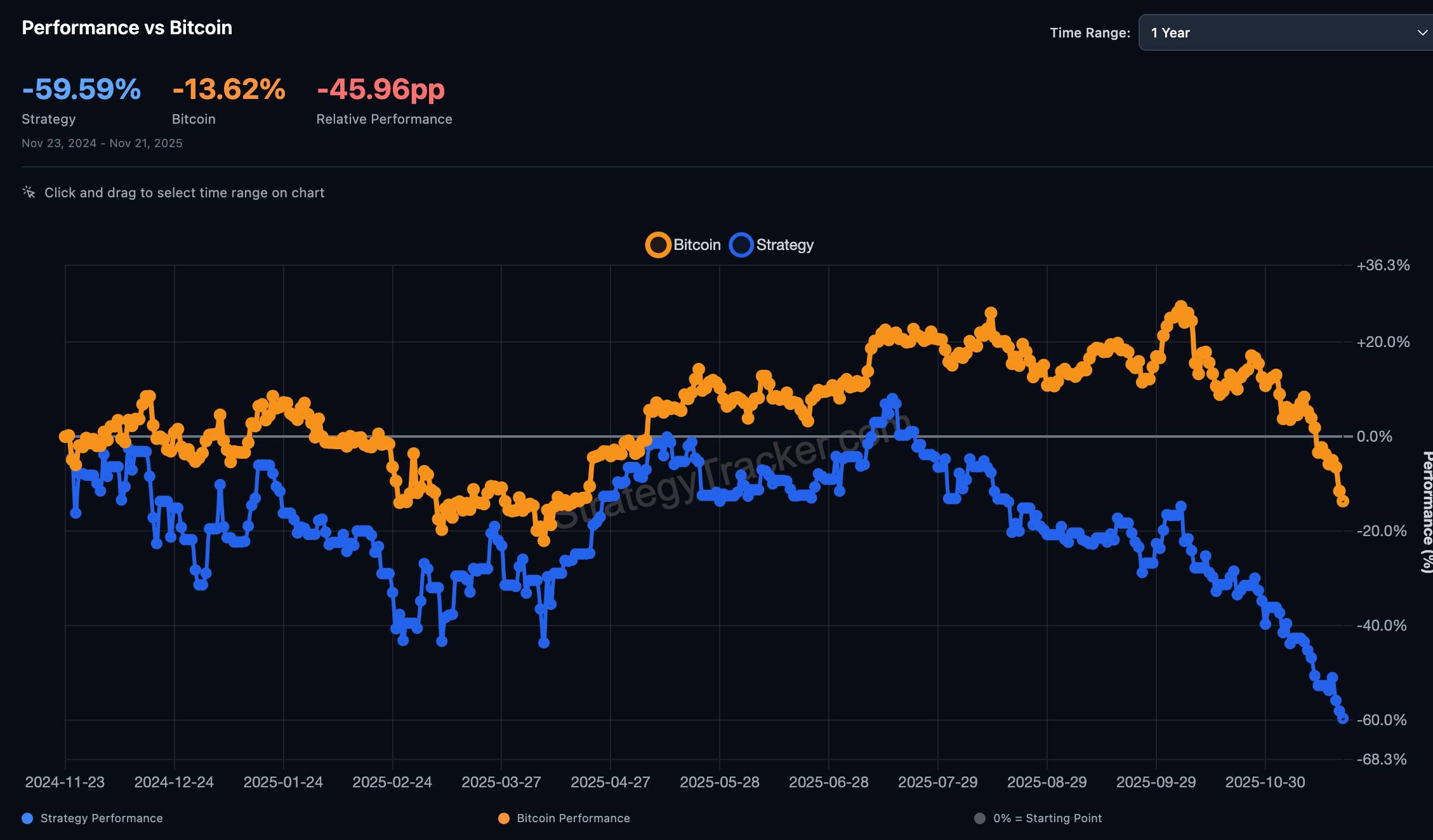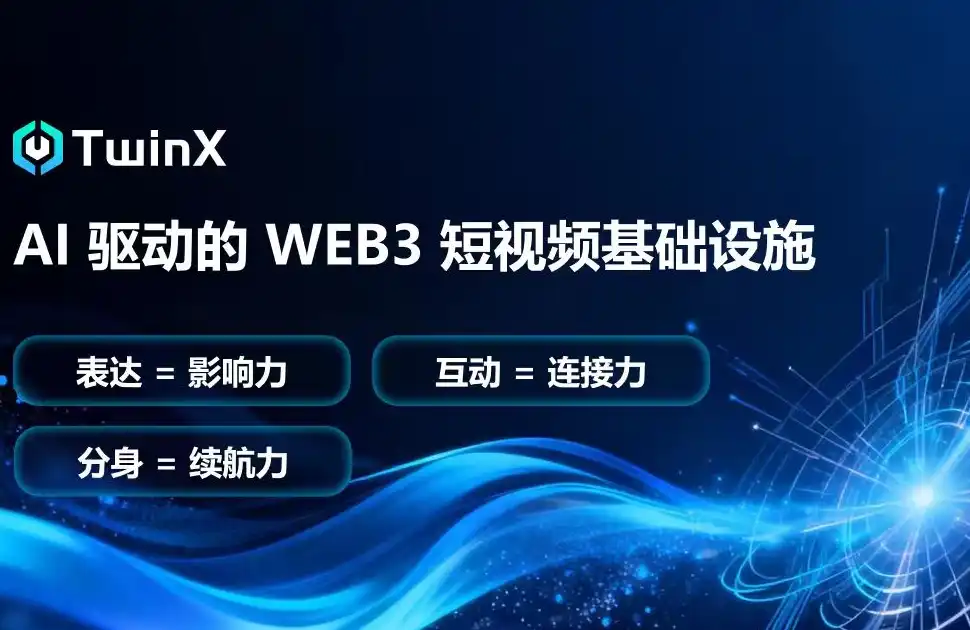US Bitcoin miners face 21% rig cost surge after Trump’s tariff goes live
A 100% tariff on imported semiconductors, formally enacted by the Trump administration on August 7, is reshaping the economics of crypto mining in the United States.
The tariff, which targets chips made outside the U.S., threatens to increase the cost basis for miners already facing pressure from the April halving and ongoing network difficulty spikes.
While the policy allows exemptions for companies that commit to domestic manufacturing, nearly all advanced application-specific integrated circuits (ASICs) used in Bitcoin mining are still sourced from Asia, leaving miners with few immediate alternatives.
The tariff first surfaced in January during a House GOP retreat, where Trump announced plans for a broad duty of up to 100% on imported computer chips. As Reuters reported, the policy was framed as a measure to boost domestic chip production and reduce reliance on foreign suppliers. By April, an executive order expanded the plan to cover 57 countries, including key Southeast Asian ASIC production hubs such as Malaysia and Thailand.
That change triggered a scramble among mining equipment distributors and operators who rushed to move inventory before the new rates took effect. According to WIRED, companies like Luxor and AsicXchange paid up to 10 times the usual airfreight rate to charter flights from Singapore and beat customs deadlines.
Following backlash from industry groups and supply chain stakeholders, the White House issued a 90-day pause in April, temporarily delaying enforcement. A revised tariff schedule published in late July lowered the rate on Southeast Asian imports to 19% but reaffirmed the top-line 100 percent rate for other chip categories that fail to meet domestic content thresholds.
Trump reaffirmed the policy publicly on August 6, stating in off-camera remarks captured by Reuters that the administration would “be placing tariffs on foreign production of computer chips, 25, 50, or even 100 percent.” The next morning, the policy came into force.
Miners relying on Bitmain and MicroBT equipment now face a sharp increase in landed costs. Both firms, while originally based in China, have shifted some production to Southeast Asia to avoid earlier tariffs on Chinese-made goods.
Those workarounds have narrowed as the new rate matrix eliminates many of the exemptions miners previously used to import through lower-cost channels. On average, ASIC procurement costs are estimated to have increased by 21% under the updated rules, squeezing miners already operating on compressed margins.
Hashrate Index data shows that the daily revenue a miner earns for one terahash/second of hashrate has dropped 55% year-over-year, while global network difficulty remains at record highs above 123 trillion. The combination of reduced revenue post-halving and increased capital expenditure is prompting operators to reassess expansion plans.
Publicly traded mining firms, including Marathon Digital, Riot Platforms, Bitdeer, CleanSpark, and Hut 8, all saw slight after-hours declines in share price on August 6, per Nasdaq trade data, reflecting investor concerns about longer-term profitability under the tariff regime.
Cambridge’s Digital Mining Industry Report, which surveyed firms accounting for nearly half of global hashrate, affirms the capital-intensive nature of the industry. With hardware accounting for 60 to 70% of initial setup costs, any sustained increase in rig prices could tilt the balance of global hashrate away from the United States.
Some mining executives, including Luxor COO Ethan Vera, have publicly expressed concern over the abruptness of the policy rollout. Speaking to WIRED, Vera said, “I didn’t even know it was possible to raise tariffs in, like, a two-day period… really hard to conduct business like that.”
While some exemptions may apply to chips fabricated by Samsung and TSMC at U.S. facilities, the majority of next-generation ASICs in circulation are manufactured abroad. Without a viable onshore alternative for mining hardware, firms may turn to hosting operations in tariff-free jurisdictions such as Canada, Norway, or Kazakhstan.
The strategic direction remains unclear, and the impact of the new tariff structure is expected to unfold as miners evaluate logistics, power contracts, and capital allocation in the weeks ahead.
The post US Bitcoin miners face 21% rig cost surge after Trump’s tariff goes live appeared first on CryptoSlate.
Disclaimer: The content of this article solely reflects the author's opinion and does not represent the platform in any capacity. This article is not intended to serve as a reference for making investment decisions.
You may also like
$8.8 billion outflow countdown: MSTR is becoming the abandoned child of global index funds
The final result will be revealed on January 15, 2026, and the market has already started to vote with its feet.

Deconstructing DAT: Beyond mNAV, How to Identify "Real vs. Fake HODLing"?
There is only one iron rule for investing in DAT: ignore premium bubbles and only invest in those with a genuine flywheel of continuously increasing "crypto per share."

Empowered by AI Avatars, How Does TwinX Create Immersive Interaction and a Value Closed Loop?
1. **Challenges in the Creator Economy**: Web2 content platforms suffer from issues such as opaque algorithms, non-transparent distribution, unclear commission rates, and high costs for fan migration, making it difficult for creators to control their own data and earnings. 2. **Integration of AI and Web3**: The development of AI technology, especially AI Avatar technology, combined with Web3's exploration of the creator economy, offers new solutions aimed at breaking the control of centralized platforms and reconstructing content production and value distribution. 3. **Positioning of the TwinX Platform**: TwinX is an AI-driven Web3 short video social platform that aims to reconstruct content, interaction, and value distribution through AI avatars, immersive interactions, and a decentralized value system, enabling creators to own their data and income. 4. **Core Features of TwinX**: These include AI avatar technology, which allows creators to generate a learnable, configurable, and sustainably operable "second persona", as well as a closed-loop commercialization pathway that integrates content creation, interaction, and monetization. 5. **Web3 Characteristics**: TwinX embodies the assetization and co-governance features of Web3. It utilizes blockchain to confirm and record interactive behaviors, turning user activities into traceable assets, and enables participants to engage in platform governance through tokens, thus integrating the creator economy with community governance.

Aster CEO explains in detail the vision of Aster privacy L1 chain, reshaping the decentralized trading experience
Aster is set to launch a privacy-focused Layer 1 (L1) public chain, along with detailed plans for token empowerment, global market expansion, and liquidity strategies.

